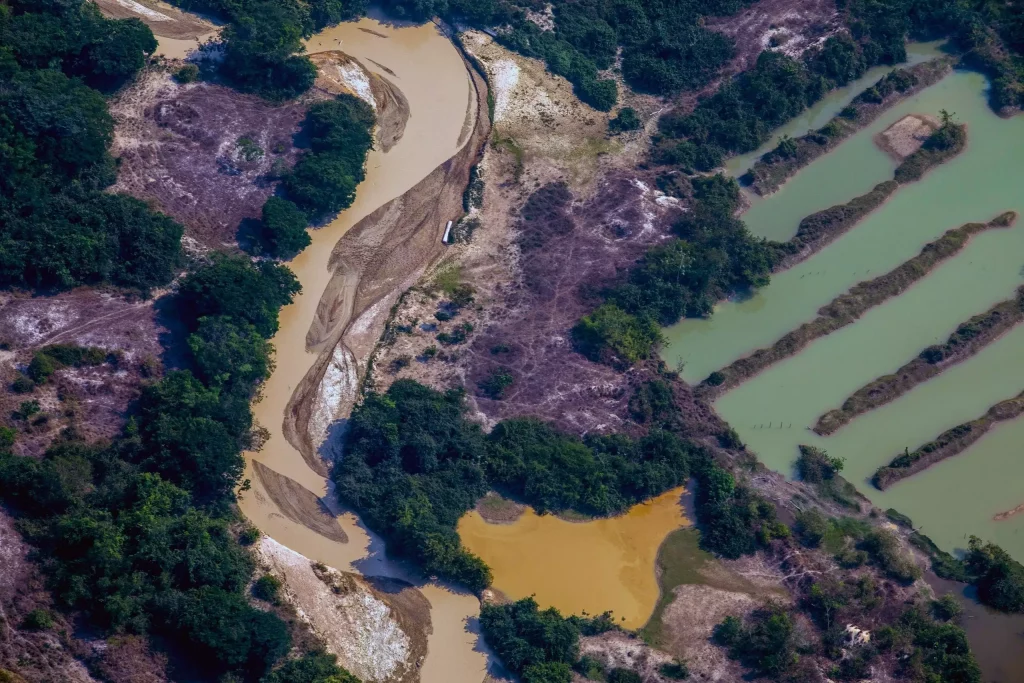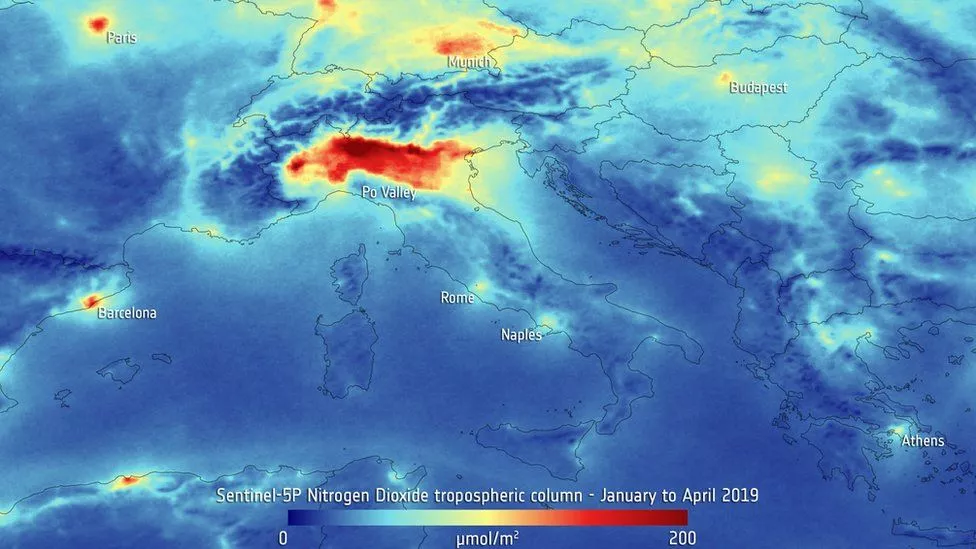It’s easy to look at the world full of technology we live in now and feel either terribly pessimistic or extremely optimistic, depending on the elements you concentrate on. Optimistically, you could consider technological conveniences, our long life expectancy, high level of living, and ongoing scientific advancements.
The present is great, and the future appears even brighter, from biotechnology to space exploration, robotics to artificial intelligence.
There is, of course, an opposing viewpoint: pessimism. Even a cursory examination of the high-tech world reveals an increasing acceptance of ideology over science on matters ranging from climate change to vaccinations to dental health to whether the Earth is flat or humans have landed on the Moon.

We’re seeing an increase in prejudice, isolationism, and authoritarianism as we tear back environmental laws. Our prospects are both promising and bleak, and the shape of the twenty-first century will be determined in large part by our collective activities during the next ten years.
What do you envision for humanity’s future along with science and technology when you consider your own dreams? Do you consider the world’s existential, large-scale challenges and how we may address them? You may see: Depending on where you live and what concerns are prevalent in your area, you may see:
- Plants and animals are battling for survival in places where they’ve lived for millennia.
- increasing extinction rates,
- food and water scarcity,
- increases in the frequency and/or severity of wildfires, hurricanes, droughts, and other extreme weather events
- Deforestation and mass extinctions
- All the while, as a world, we burn more fossil fuels and consume more energy than ever before.

Humanity’s history is one of survival via endurance, tool-making and tool use, and outsmarting every other form of nature, including animals, plants, fungi, and even non-living enemies. We’ve used our growing understanding of the natural world — including the laws and principles that govern how it works — to climb to prominence and overcome many of the natural obstacles that have hampered every other species.
Agriculture transformed humanity’s connection with food, first through farming and then through ranching. Sanitation has enabled our population centres to grow from villages to towns to cities to the modern metropolis, with to infrastructure investments such as granaries, sewers, and (more recently) transit networks. And, thanks to the industrial revolution and the rise of electricity, humanity has overcome a slew of inconvenient challenges, including the darkness of night.
Our technical advancement and environmental supremacy, however, come at a price: as we’ve gained the ability to modify our world, we’ve ended up transforming it in more ways than we intended. This was also true in the twentieth century, as problems like:
- The dust bowl,
- antibiotic-resistant illness
- Asthma is on the rise due to air pollution.
- Rates of COPD
- water that is dangerous to consume
- rainstorms,
- The ozone hole

All of these issues including technology afflicted our culture. Each of these issues appeared to be an existential threat to our advanced civilization’s continued existence at the time.
However, mankind was able to band together and overcome these challenges in each of these cases. Improved sanitary techniques and new medical medicines assist people with a variety of infectious diseases and illnesses manage or perhaps cure themselves. A new dust bowl is no longer a possibility due to better farming methods. We can safely breathe air and drink water thanks to air and water laws.
Even the two most recent issues we had, acid rain and the ozone layer, were solved. We’ve seen the pH of rain return to normal, and the hole in the ozone has not only stopped spreading but has begun to mend itself, thanks to global accords on what can and cannot be manufactured and sold to customers.

Of course, humanity faces challenges due to new technology that it has never experienced before in any century before. The internet has been a powerful tool for spreading real information around the world and providing access to it in places where it has never been before, but it has also been a powerful tool for spreading disinformation.
We’ve explored more of our world than ever before, and we’re starting to realise that humans is causing a global extinction that hasn’t happened in tens of millions of years.
The CO2 content in the atmosphere is now higher than it has ever been throughout human history. Global average temperatures and sea levels continue to increase, now at a faster rate than before and will do so for decades. The human population continues to expand, and our species has emitted more CO2 into the atmosphere in the last 12 months than at any other time in history.

We now live in a world where the acts of a tiny group of people, whether with evil or benign intentions, have the potential to cause worldwide disaster. A multitude of truths hover over us, not simply climate change or the prospect of nuclear catastrophe.
It matters that a mass extinction is taking place right now: we’re killing the proverbial “book of life” on this planet before we’ve even read it.
Final words:
It’s important that computers are pervading more and more aspects of our lives, because new computational uses, such as cryptocurrency and blockchain, are virtually solely responsible for humanity’s rapidly rising electricity demand (after a plateau earlier this decade).
It matters that the population is higher than it has ever been, since managing and distributing the edible food and drinking water we produce is more difficult than ever.
Also Read:
All you need to know about CES 2022 and the innovative launches to expect?








